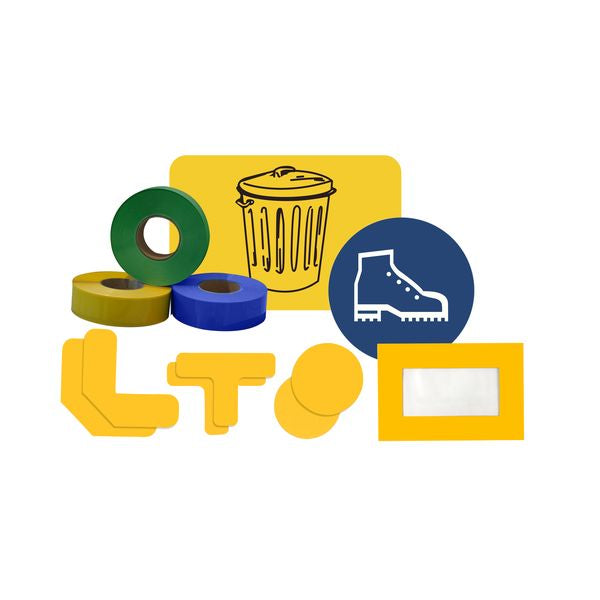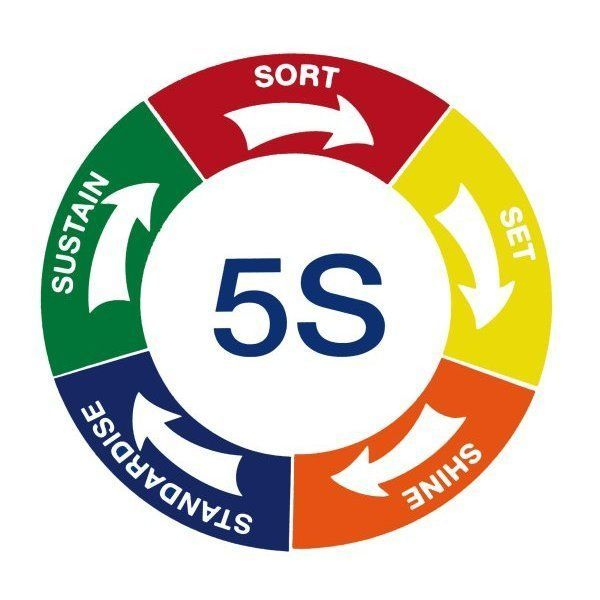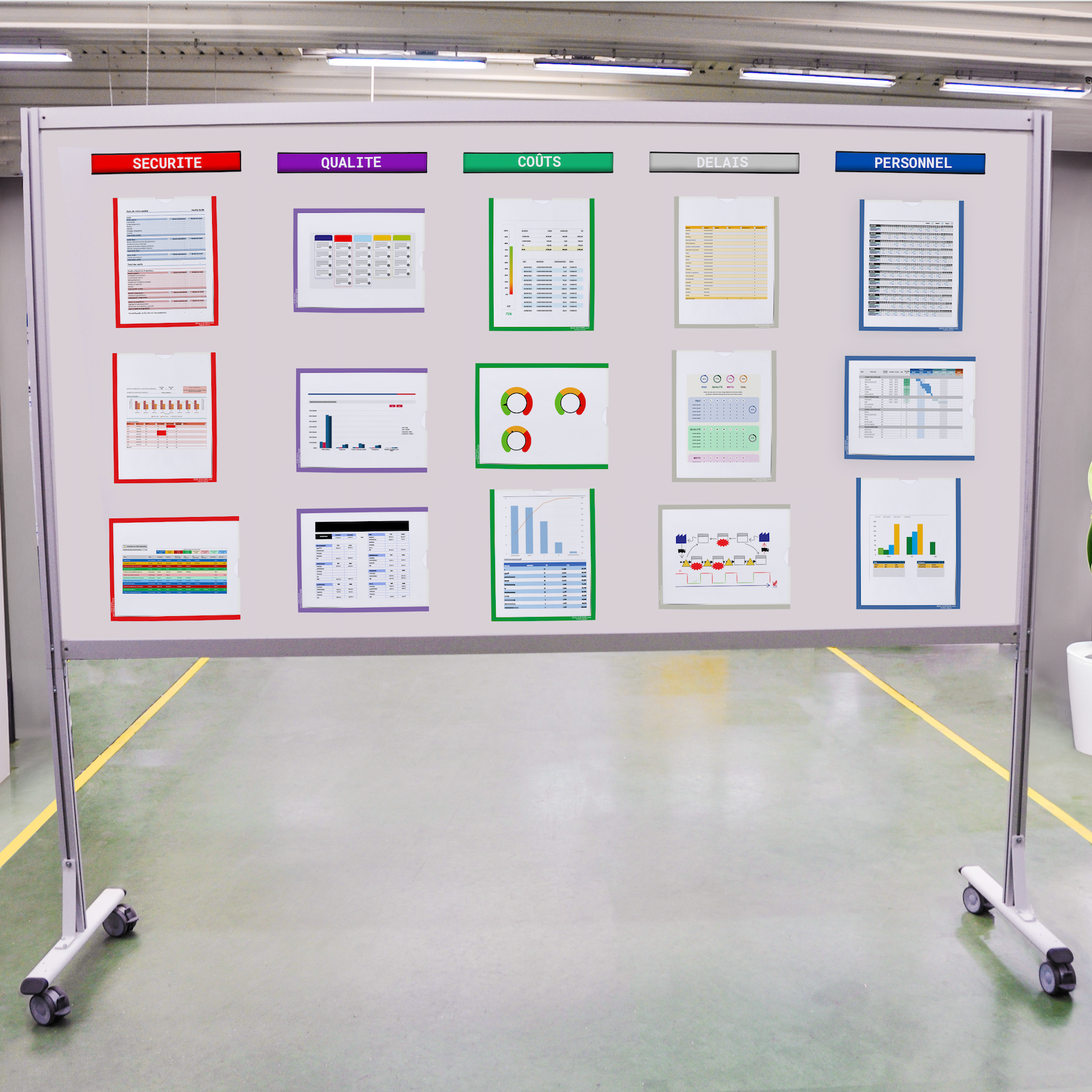LEAN Manufacturing (not to be confused with LEAN Management) is a production management approach focused on maximizing customer value while minimizing waste and costs. Drawing from the Toyota Production System's manufacturing practices, LEAN uses specific principles, methods, and tools to enhance production efficiency. Here’s how to achieve your goals and optimize production lines using this methodology.
Identifying and Eliminating Waste
The first principle of LEAN is to identify and eliminate waste, or “muda” in Japanese, that adds no value to the final product. There are seven types of waste: defects, overproduction, waiting, unnecessary transportation, excess inventory, unnecessary motion, and over-processing. By analyzing production processes, waste can be detected and minimized or removed. For example, reorganizing the workspace to reduce unnecessary movement can improve operator productivity, leveraging the layout of production lines as an advantage. This principle is a cornerstone of the 5S methodology.
Implementing the Just-in-Time Production System
Just-in-Time (JIT) is a core component of LEAN Manufacturing. It aims to produce only what is needed, when it is needed, and in the amount needed, thus reducing unnecessary inventory and associated costs. Effective JIT implementation requires strong inter-departmental communication and tools like Kanban, which visualizes workflow and helps manage production based on real demand.
Continuous Improvement (Kaizen)
Kaizen, or continuous improvement, is another LEAN pillar. It engages all employees, from executives and managers to operators, in a consistent effort to enhance processes. Regular group meetings, known as “quality circles,” allow teams to discuss issues and propose solutions. Small, ongoing improvements can lead to significant gains in productivity and quality over time.
Standardizing Procedures
Standardizing procedures ensures that processes are executed consistently and effectively. Documenting best practices and training employees to follow them reduces variations and errors. Standardized work documents also support continuous improvement by making it easier to identify deviations and improvement opportunities.
Using LEAN Tools
Several LEAN-specific tools can help optimize production lines. For instance, Value Stream Mapping (VSM) allows for visualizing and analyzing the flow of materials and information needed to create a product. The 5S methodology (Sort, Set in Order, Shine, Standardize, Sustain) is a visual management technique that organizes the workspace to boost efficiency and safety. Poka-Yoke (error-proofing) helps prevent human errors by designing safeguards to avoid defects.
Employee Engagement
Employee engagement is critical to successful LEAN Manufacturing. Training employees in LEAN principles and tools, and encouraging their active participation in process improvement, allows companies to tap into their frontline knowledge and creativity. A company culture that values collaboration and continuous improvement boosts employee engagement and motivation.
Key Takeaways
LEAN Manufacturing provides a structured approach to optimizing production lines by focusing on waste reduction, procedure standardization, and continuous improvement. By adopting this methodology, companies can increase performance, reduce costs, and improve the quality of products and services, while creating a more dynamic and collaborative work environment. Optimizing production lines through LEAN Manufacturing is not a one-time task but an ongoing journey toward operational excellence.




